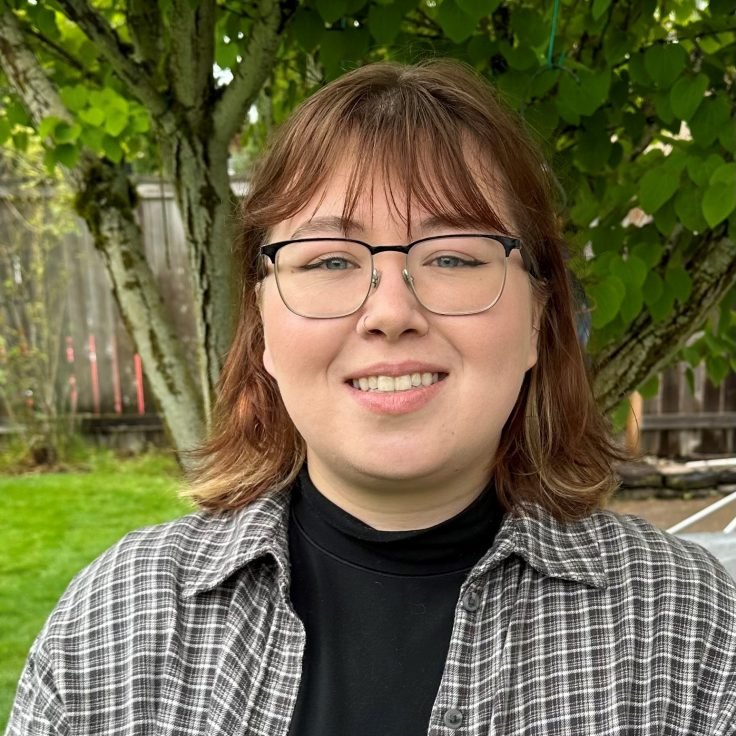The TERMINUS project
TERminus-Moraine Interactions with Novel Underwater Surveys
Project Scope.
Overall mass loss of the Greenland Ice Sheet is increasing over time, but the specific outlet glaciers that contribute to this mass loss exhibit heterogeneous response to climate change. Some glaciers are not retreating, while neighboring glaciers are. In addition, recent observations in Alaska suggest that sedimentation at outlet glacier termini might build topography at rates of several meters per year, exceeding the topographic change associated with rebound-induced uplift, which is thought to be important to constrain future mass loss of the ice sheets. Thus, sedimentation at grounding lines of outlet glaciers may be an important process that builds topography possibly contributing to the diverse response of glaciers to climate change and may buffer some amount of sea level rise from ice sheets.
This project aims to quantify the rates of processes contributing to sediment build-up at the termini of outlet glaciers (producing moraines). Our observations will:
determine the processes contributing to sediment mass-balance within moraines at active outlet glacier termini
determine rates of sedimentation for each process from in situ field observations
link processes to drivers (ice sheet, climate, geometric etc)
Our observations will form the basis for parameterizations of ice sheet sedimentation that, when coupled to ice sheet models provide a more realistic depiction of glacier variability over time.
Project Methods.
Our objectives will be accomplished with first-of-their-kind observations and sampling at active terminal moraines in Greenland using a Remote Operated Vehicle (ROV), Nereid Under Ice (NUI). NUI can image the sea floor with optical cameras and multibeam (side- and bottom-looking) and we are outfitting it with ADCP, chirp, and additional sensors. An added advantage to NUI is that it has a sampling arm for grab samples and push cores .
We will also be conducting extensive measurements from the ship, R/V Celtic Explorer. This includes fjord surveys with chirp and marine seismic, sediment cores, oceanographic and drone surveys. Fieldwork occurs in August 2024 with a target of three glaciers in Central West Greenland.
People Involved.
-

Ginny Catania
PROJECT LEAD
-

Molly Curran
NUI LEAD ENGINEER
-

Emily Eidam
SEDIMENTOLOGY
-

John Goff
MARINE GEOPHYSICS
-

Sean Gulick
MARINE GEOPHYSICS
-

Becca Jackson
OCEANOGRAPHY
-

John Jaeger
SEDIMENTOLOGY
-

Mike Jakuba
NUI ENGINEER
-

Benjamin Keisling
GLACIOLOGY
-

Dan Duncan
FIELD ENGINEER
-

Marcy Davis
FIELD ENGINEER
-

Elias Hunter
OCEANOGRAPHY
-

Duncan Wheeler
OCEANOGRAPHY
-

John Amendola
PhD SCIENTIST
-

Emily An
PhD SCIENTIST
-

Rachael Durr
PhD SCIENTIST
-

Bridget Ovall
PhD SCIENTIST
-

Mikayla Pascual
PhD SCIENTIST
-

Casey Vigilia
PhD SCIENTIST





